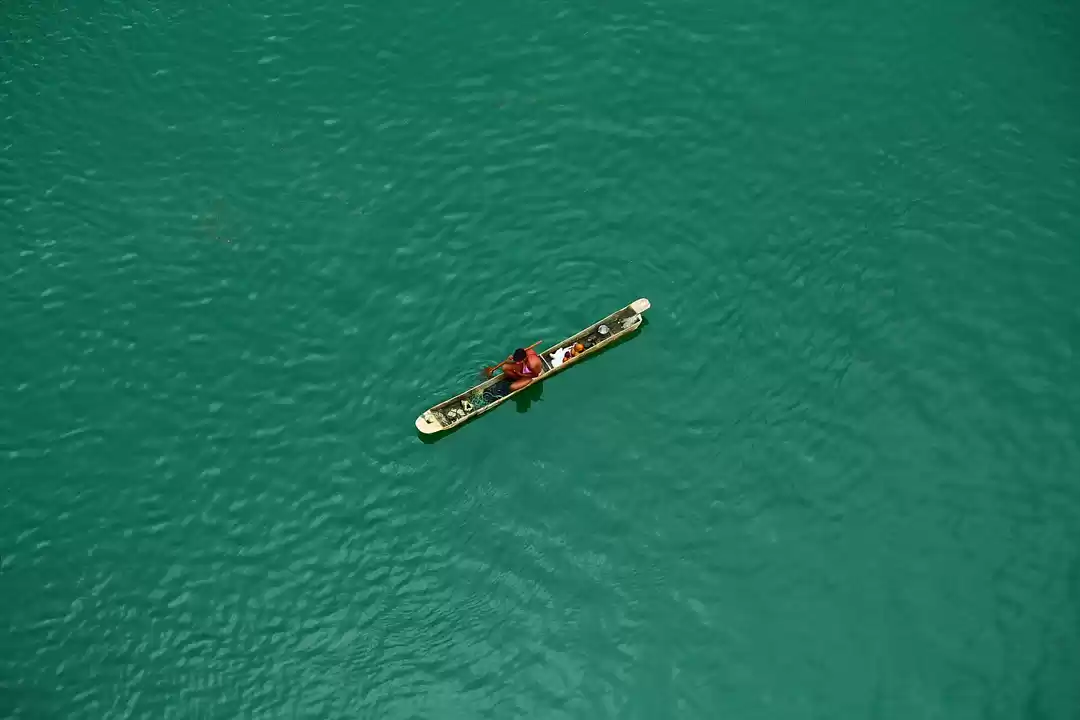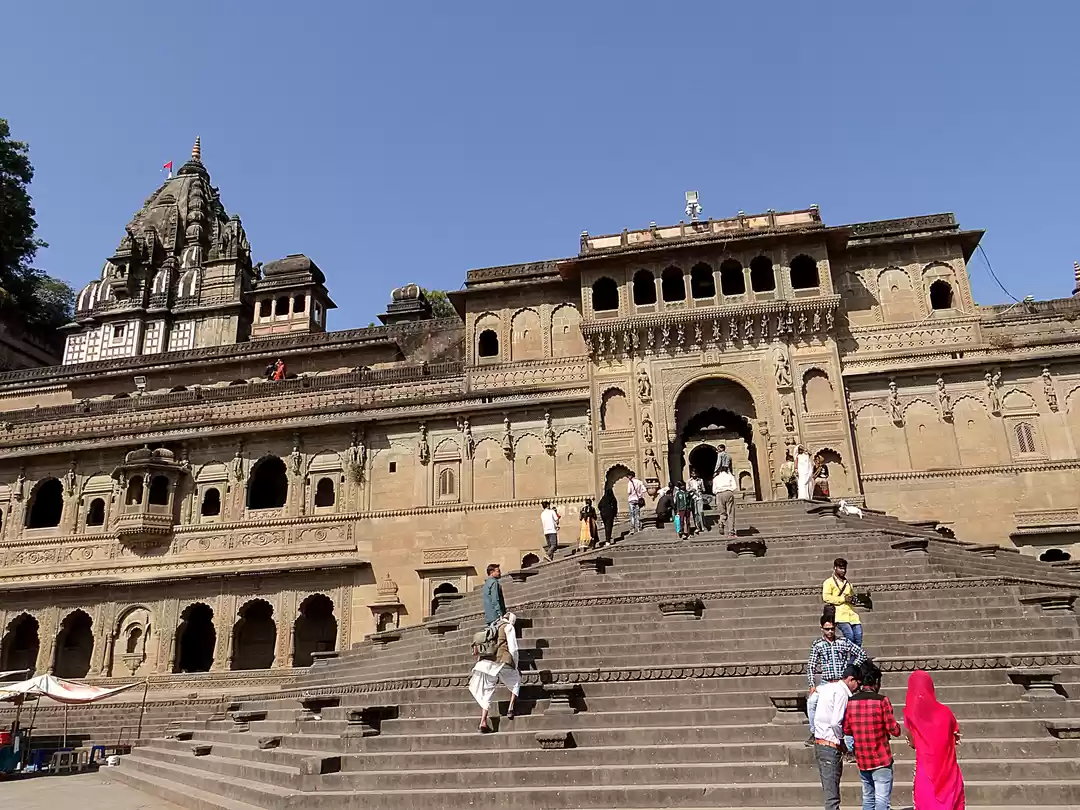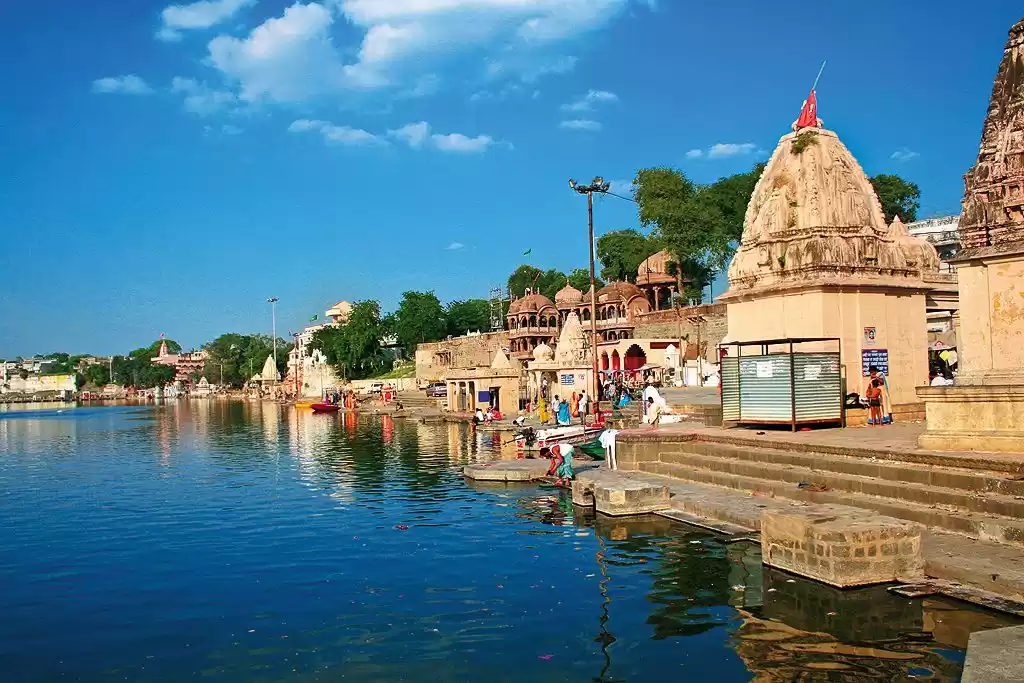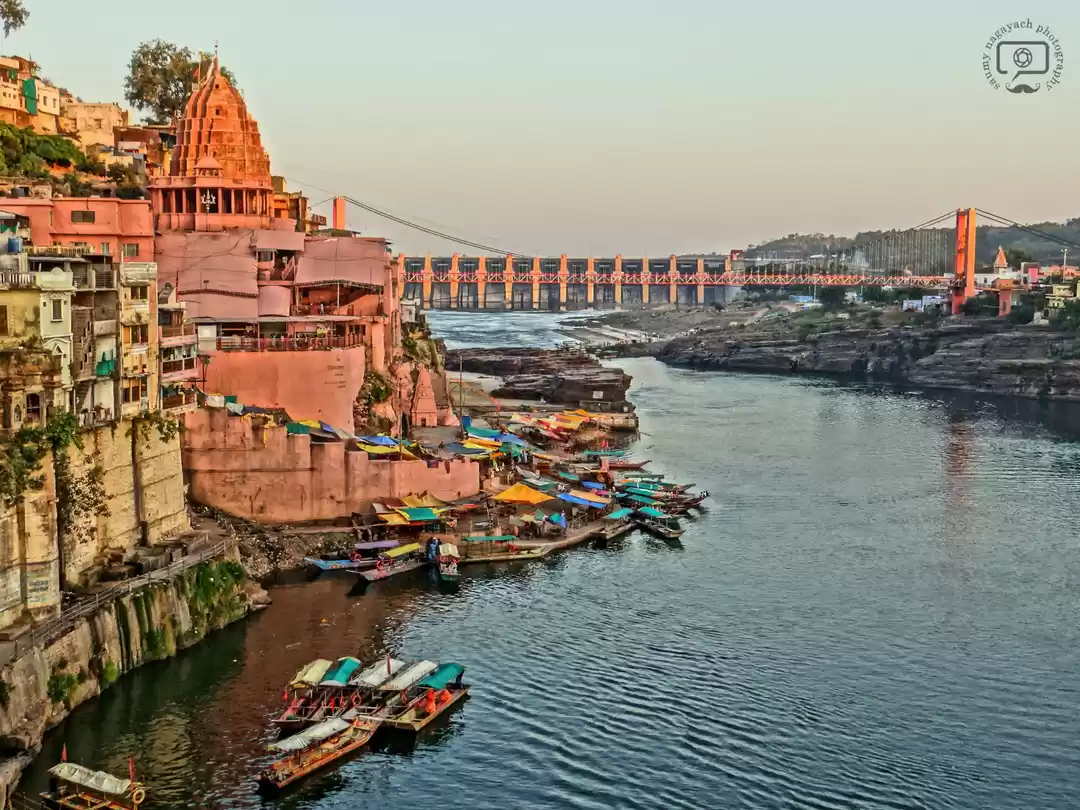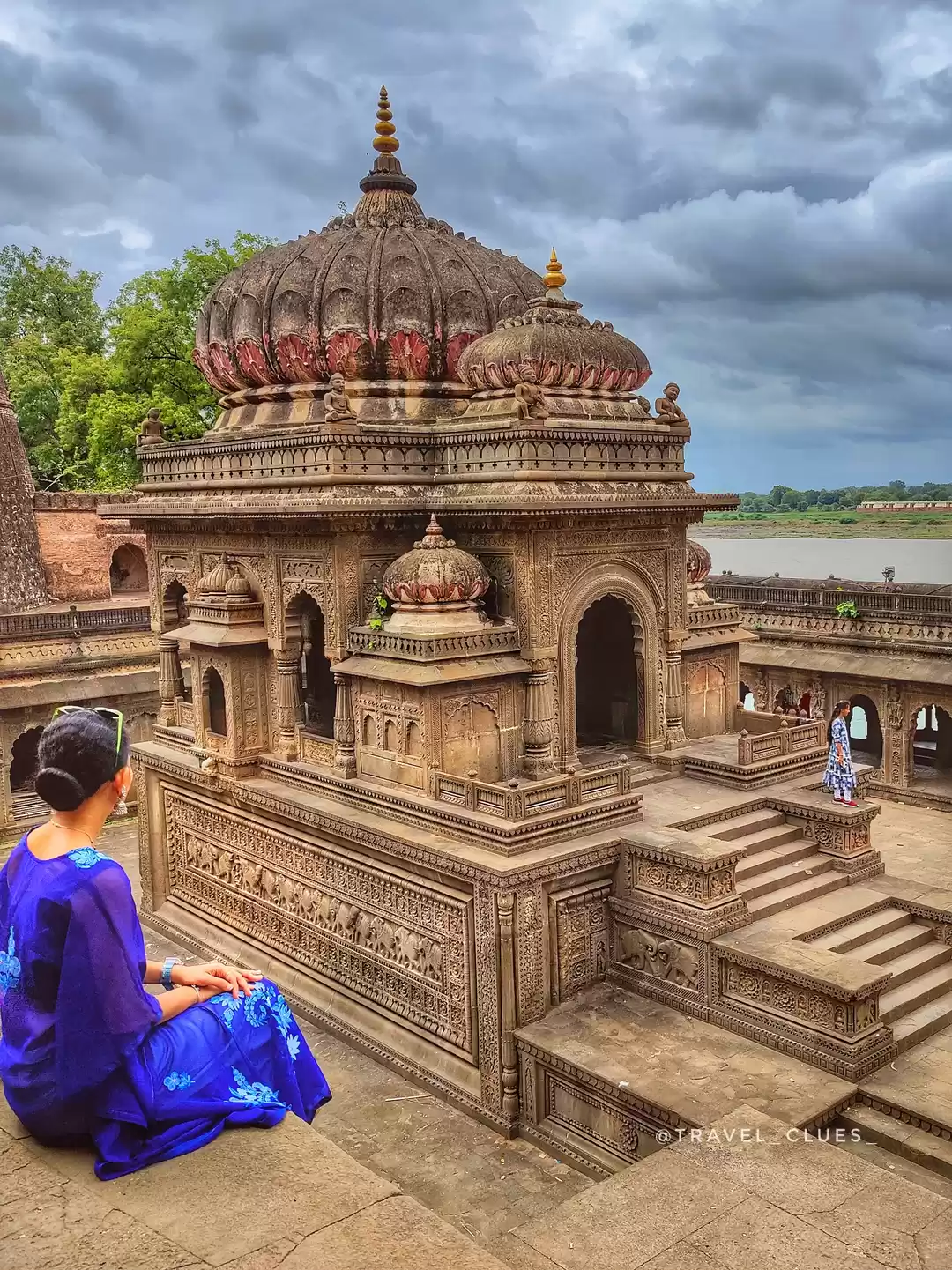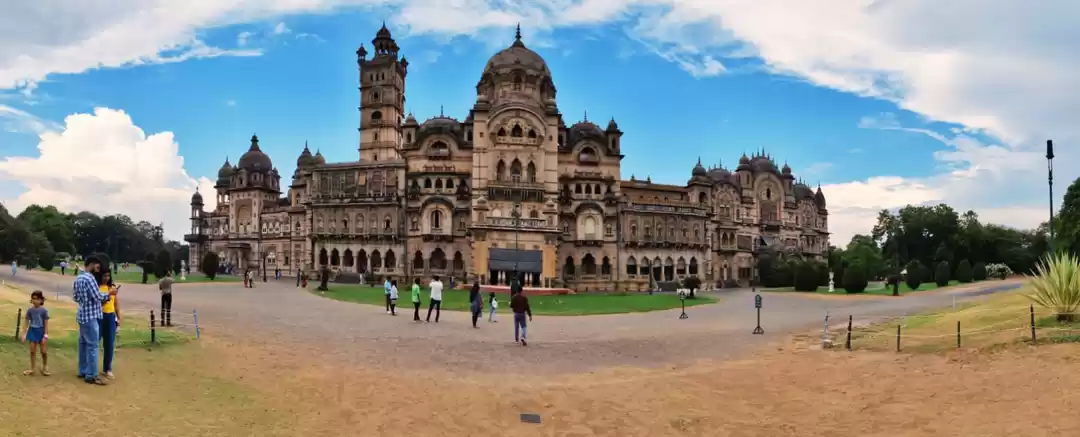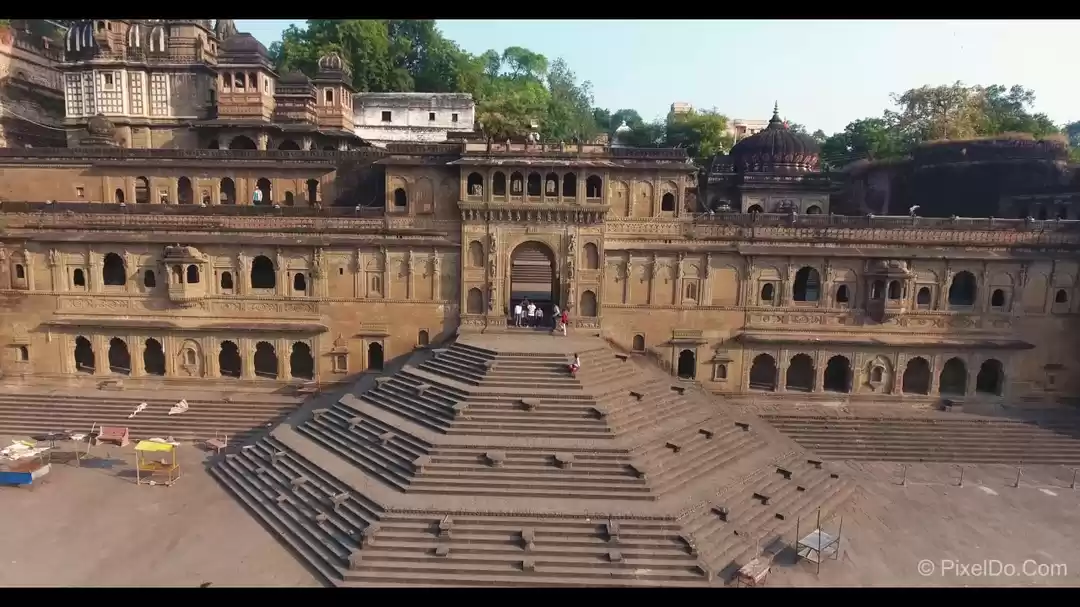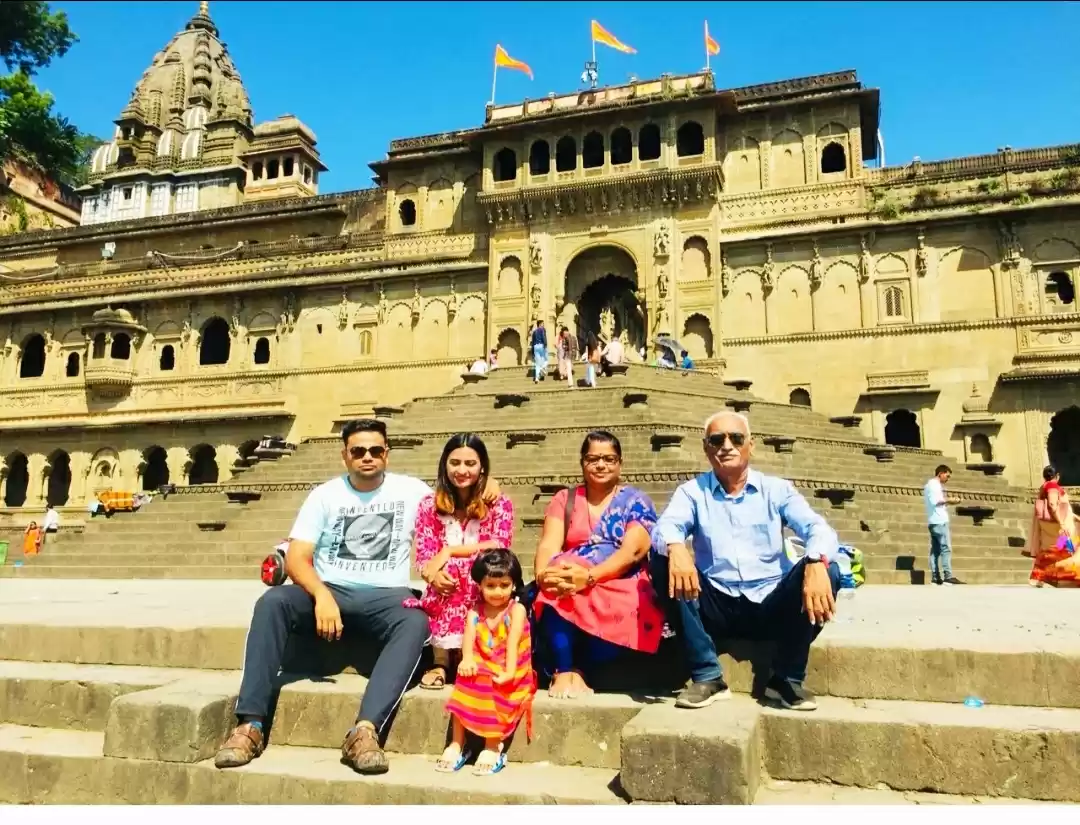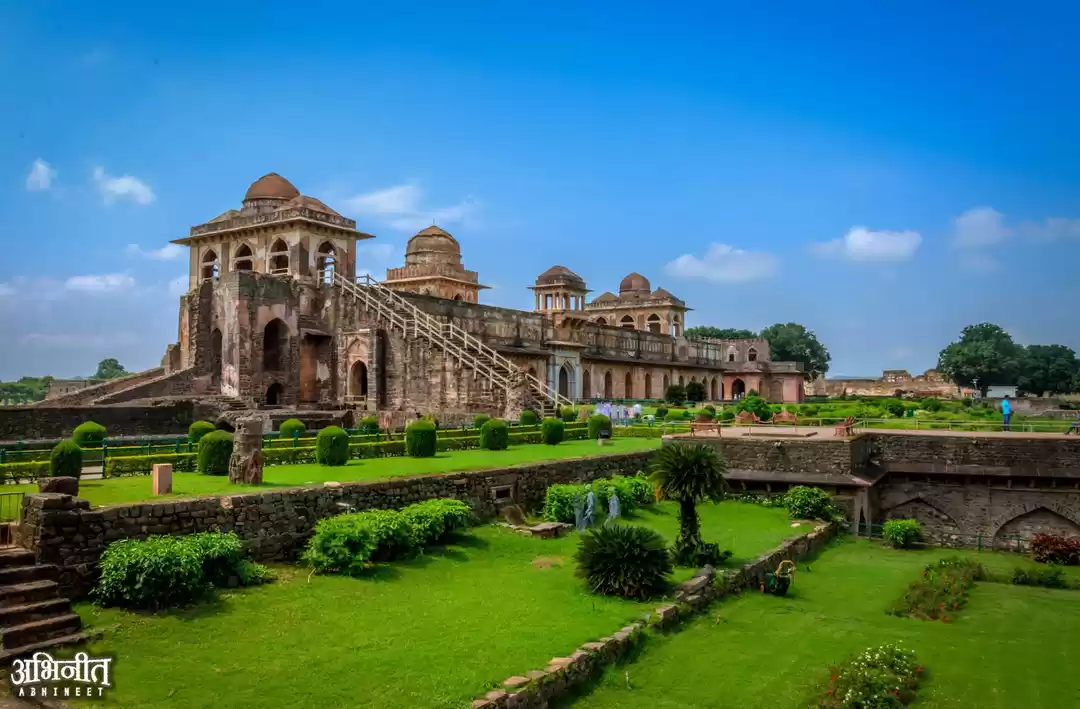India's fifth longest river- Narmada river also known as Rewa, is a wonder in itself. While studying Indian Geography, we learnt that most of the major rivers in India flow from west to east, or northwest to southeast because of the influence of the Himalayas and the country's geology. These rivers flow eastward through the plains before reaching the Bay of Bengal.
However, the Narmada river defies this logic and flows in the eastern to western direction! Did we get you curious?

Situated in the heartland of India, the Narmada River is an enchanting waterway that meanders through the states of Madhya Pradesh, Maharashtra, and Gujarat. Let's delve into why the river flows in the backward direction, it's rich history, cultural significance, and ecological marvels.
Why does Narmada flow in the reverse direction?
The geographical reason for the reverse flow of the Narmada river is the slope of the Rift Valley which is in the opposite direction. Due to this the Narmada flows from east to west and it meets in the Arabian Sea.

Origin and Course of the Narmada river:
The Narmada River originates from the Amarkantak Plateau in Madhya Pradesh, nestled amidst the Vindhya and Satpura mountain ranges. Flowing westward, it covers a distance of approximately 1,312 km before merging into the Arabian Sea near Bharuch, Gujarat.

Mythology and Cultural Significance of the Narmada river:
Holding immense religious and cultural significance, according to Hindu mythology, Narmada is believed to be the daughter of Lord Shiva. Legends narrate that a dip in the sacred waters of the Narmada can wash away sins and purify the soul. It is also associated with the epic tale of the churning of the ocean by gods and demons. It is also said that Narmada was to be married to Sonbhadra but Sonbhadra used to love Narmada’s friend Juhila. Enraged by this, Narmada decided to remain a virgin for life and flow in the opposite direction.
Temples and Pilgrimage Sites on the banks of Narmada:
Along the banks of the Narmada River lie numerous temples and pilgrimage sites, attracting devotees from far and wide. Maheshwar, Omkareshwar, and Amarkantak are among the prominent destinations where visitors can immerse themselves in spirituality and witness architectural marvels. These holy sites offer a serene and introspective atmosphere that fosters deep spiritual connections.

Biodiversity and Conservation in the Narmada river:
The Narmada River is home to a diverse ecosystem that supports a wide range of flora and fauna. The river basin provides habitats for 4,000+ species of plants, 276+ bird species, 76+ mammal species and 118+ fish species, including the critically endangered gharial, mugger crocodile, and the unique blind dolphin. Conservation efforts have been initiated to preserve the river's biodiversity, ensuring the sustainable coexistence of human activities and the environment. A third of Narmada’s basin is covered in forests, which support more than 11 Protected Areas including the famous Kanha Tiger Reserve and Panchmarhi Biosphere Reserve.

Dam Projects and Irrigation in the Narmada river:
The Narmada River has been harnessed for irrigation and hydroelectric power generation through various dam projects. The Sardar Sarovar Dam, one of the largest multipurpose dams in the world, has played a significant role in providing water for agriculture, drinking, and industrial purposes.

River Cruises and Adventure Sports in the Narmada river:
For the adventurous souls seeking an adrenaline rush, The city of Jabalpur in Madhya Pradesh, is one of the prominent locations along the Narmada river that offers adventure sports like river rafting, boating and cruises, Parasailing and paragliding, jet skiing and water scooter rides. These experiences allow travellers to witness the river's beauty up close and create lasting memories.

Where can you find the best views of the Narmada river from?
The Narmada River offers breathtaking views from various locations along its course. Here are some places where you can find the best views of the Narmada River:
Bhedaghat, Jabalpur: Here, the Narmada River flows through towering marble cliffs, creating a stunning gorge. The Dhuandhar Falls, where the river plunges dramatically, and the Marble Rocks, with their pristine white walls, offer incredible vistas of the Narmada River.

Maheshwar, Madhya Pradesh: The town's magnificent Maheshwar Fort provides panoramic views of the river and its surroundings. The Ahilyabai Ghat is another spot where you can enjoy picturesque views of the river, especially during sunrise or sunset.

Omkareshwar, Madhya Pradesh: The town's Shri Omkareshwar Jyotirlinga Temple offers a vantage point to witness the river's beauty. From here, you can see the river meandering through the scenic landscapes, creating a serene and awe-inspiring sight.

Statue of Unity, Gujarat: Positioned on a river island in the Narmada, the statue offers stunning panoramic views of the river and the surrounding landscape. A viewing gallery near the statue provides visitors with an elevated perspective of the Narmada River.

Bharuch, Gujarat: The Golden Bridge, also known as the Narmada Bridge, connects Bharuch with the village of Ankleshwar. Walking on this bridge or viewing it from a distance provides a picturesque view of the river as it nears its final destination.

There are many other viewpoints, ghats, and scenic spots along the river's course that offer captivating vistas.
You will find a glimpse into the cultural, ecological, and historical tapestry that makes it an integral part of India's heritage along the Narmada river. From its mythological significance to its captivating landscapes, the Narmada River enchants all who venture along its course.
Think we missed out on something? Let us know in the comments section below. Or write about it here and earn Tripoto Credits!
Follow me on Instagram and explore this world through my eyes!
















